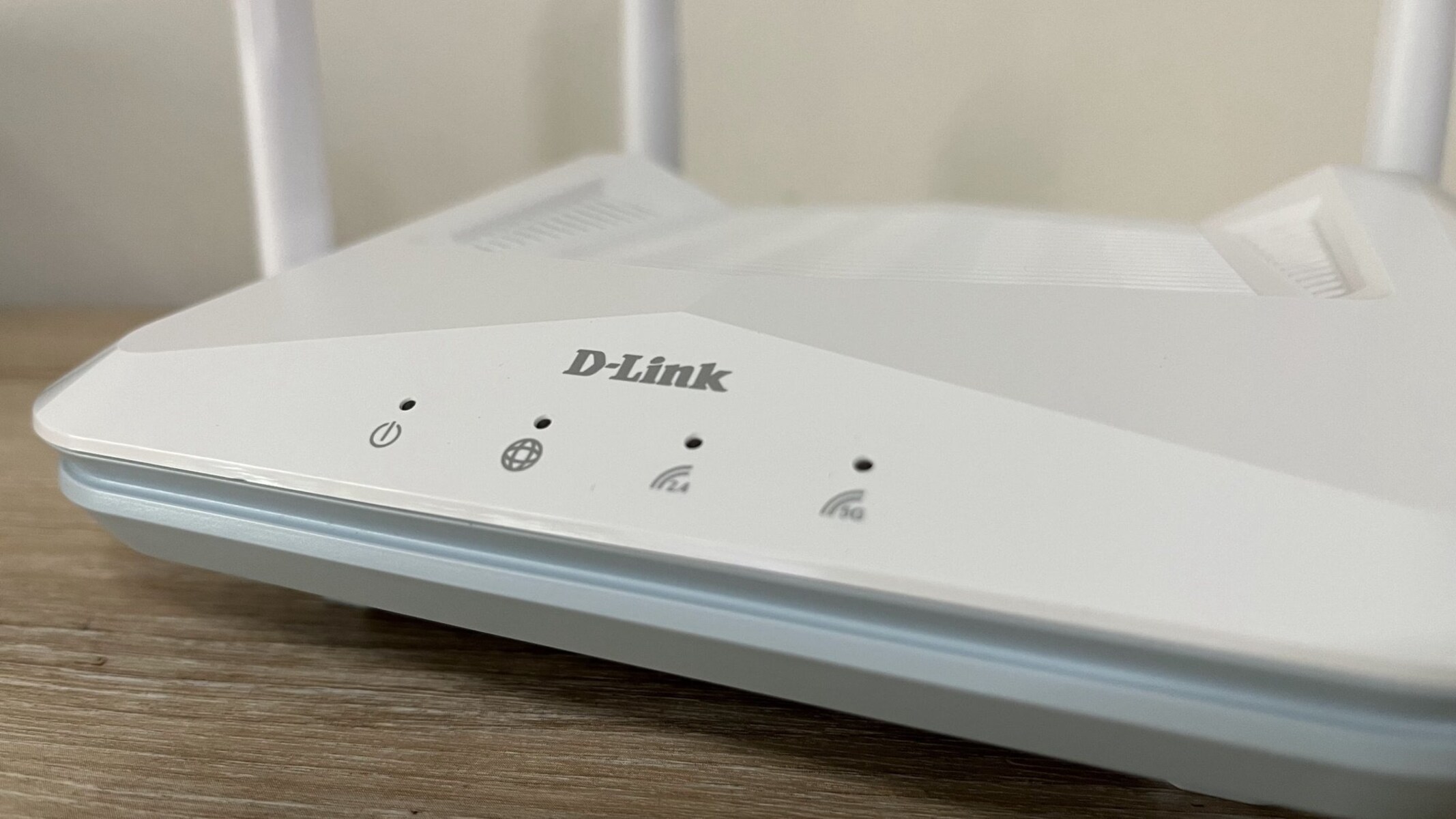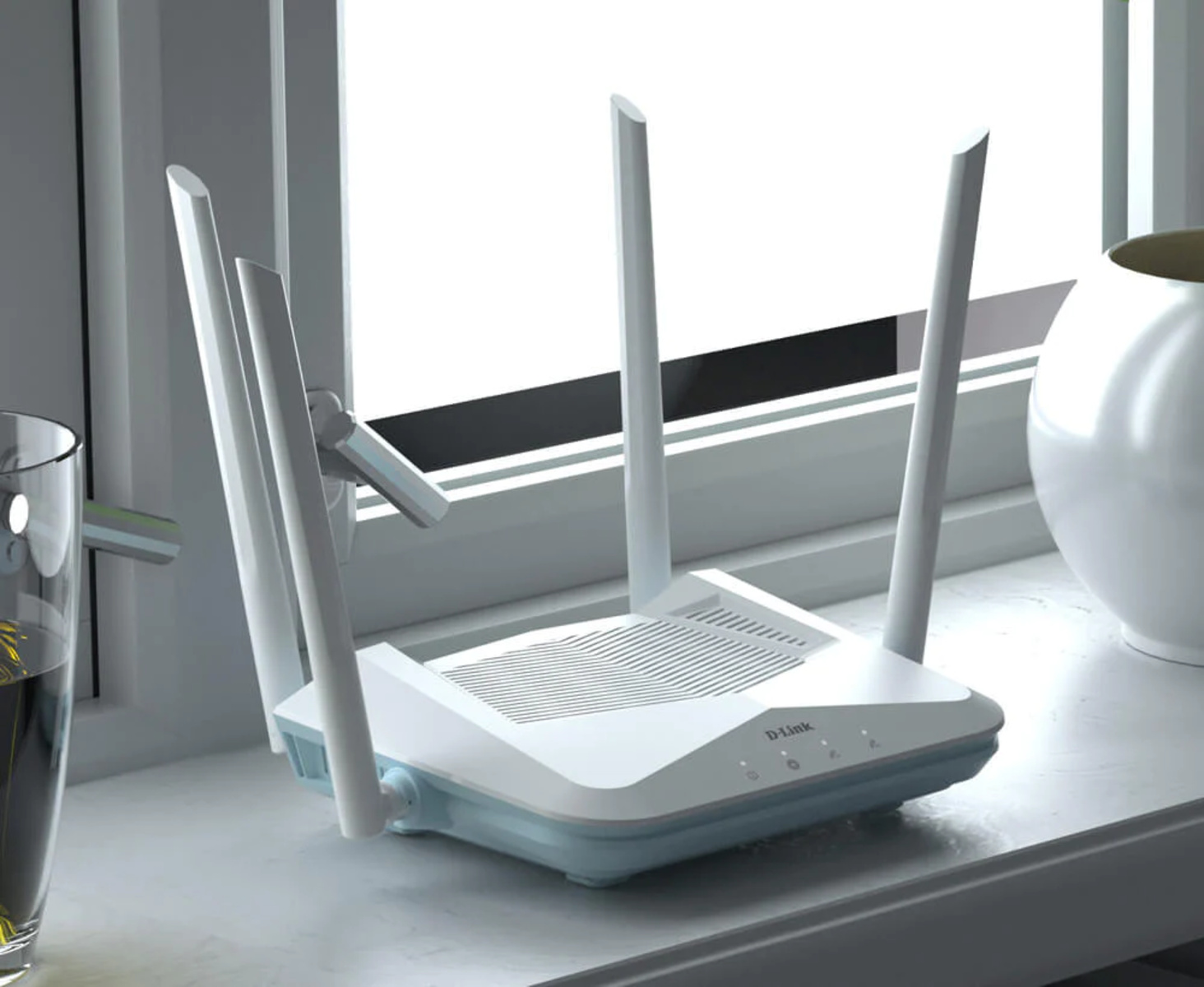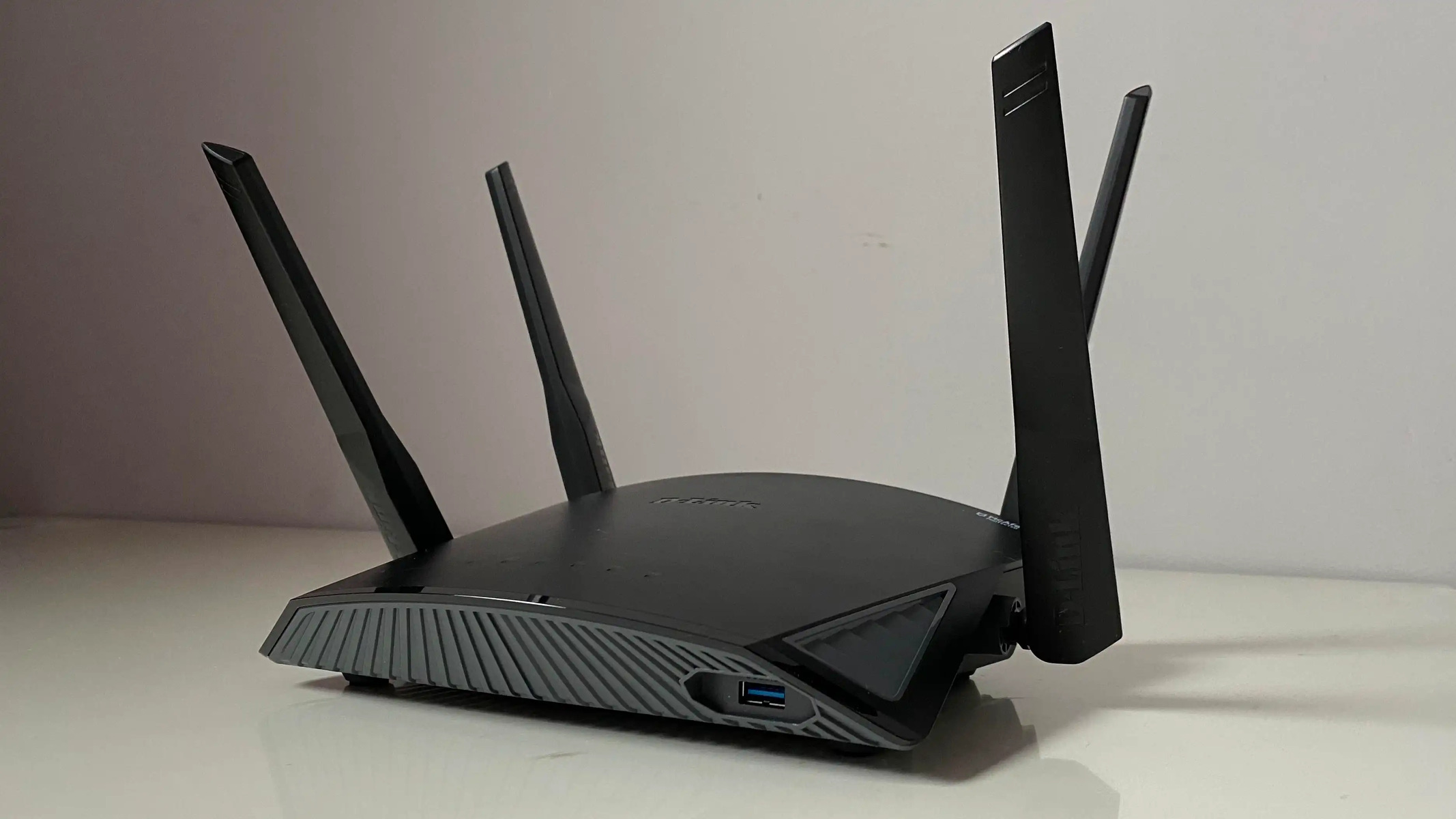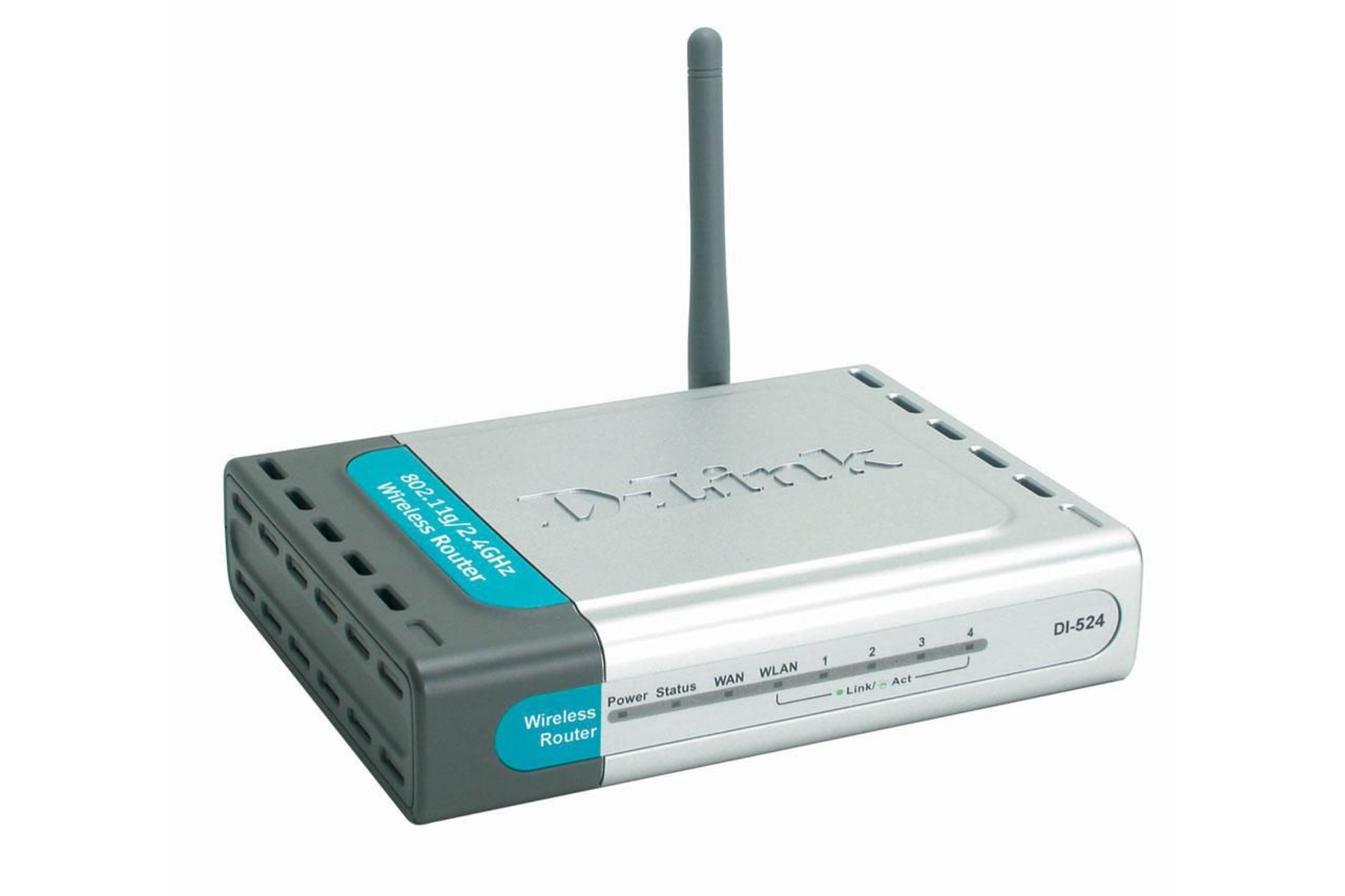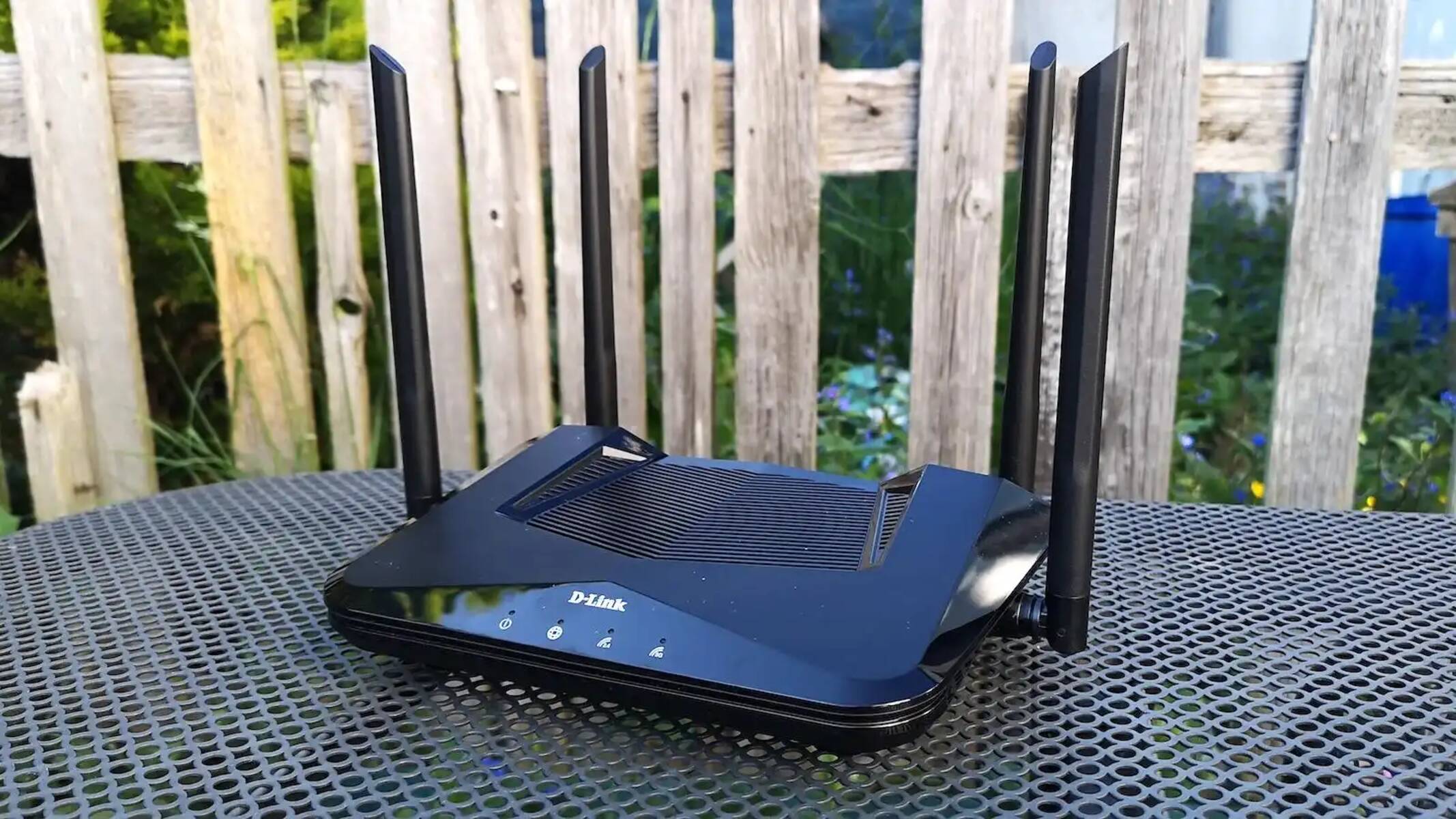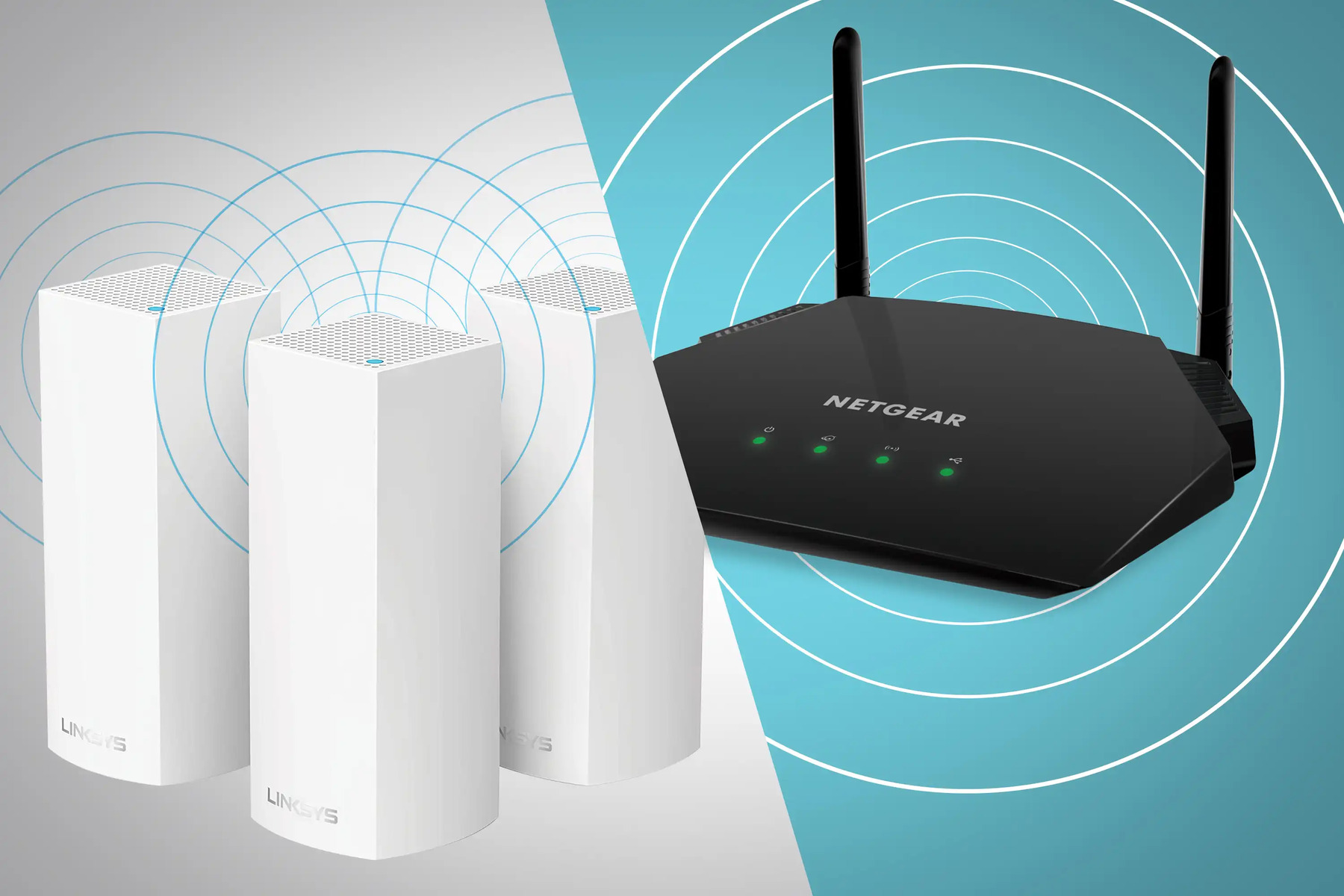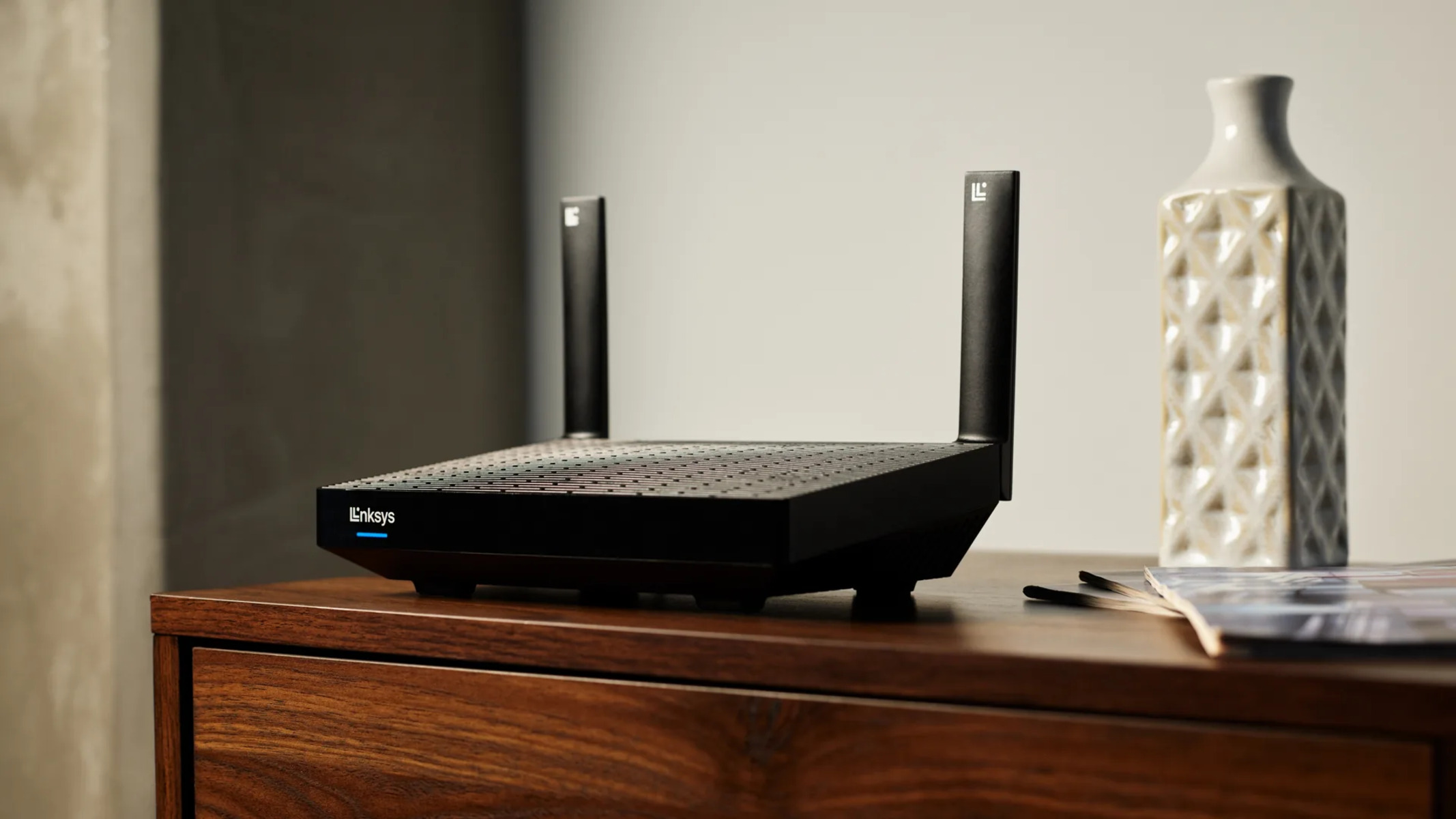Introduction
Welcome to this guide on how to access your Dlink wireless router. Whether you want to change your Wi-Fi settings, set up parental controls, or troubleshoot any issues, accessing your router’s settings is an essential step. By following the simple steps outlined in this article, you’ll be able to access and navigate through your Dlink router’s interface with ease.
Understanding how to access your Dlink wireless router provides you with control over your network and allows you to personalize your settings to suit your needs. You can also ensure that your network remains secure by regularly updating your router’s firmware and configuring security features.
Before we jump into the steps, ensure that you are connected to your Dlink router either via an Ethernet cable or wirelessly. Once you are connected, you can proceed to accessing your router’s settings via a web browser on your computer or mobile device.
Now, let’s dive into the step-by-step process of accessing your Dlink wireless router.
Step 1: Connect to the router
The first step in accessing your Dlink wireless router is to establish a connection between your computer or mobile device and the router. You can do this either through a wired Ethernet connection or via a wireless connection.
If you are using an Ethernet cable, simply connect one end of the cable to your computer or laptop and the other end to one of the LAN ports on the back of your Dlink router. This will establish a direct wired connection between your device and the router.
If you prefer a wireless connection, make sure that Wi-Fi is enabled on your computer or mobile device. Locate the Wi-Fi network name (SSID) of your Dlink router and select it from the list of available networks. Enter the Wi-Fi network password if prompted. Once connected, you should see the Wi-Fi indicator on your device confirming the successful connection.
It is important to note that if you are connecting for the first time, the default Wi-Fi network name (SSID) and password can be found on a sticker attached to the router or in the router’s documentation.
Now that you are connected to the router, you can move on to the next step of accessing the router’s settings through your web browser.
Step 2: Open a web browser
After establishing a connection to your Dlink wireless router, the next step is to open a web browser on your computer or mobile device. Popular web browsers such as Google Chrome, Mozilla Firefox, or Safari are compatible with accessing the router’s settings.
To open a web browser, click on the browser icon on your desktop or navigate to the browser app on your mobile device. Once the browser is launched, you will see a blank address bar or search bar at the top of the window.
Click inside the address bar to activate it or tap on it if you are using a touchscreen device. The address bar is where you will enter the IP address of your Dlink router, which will allow you to access its settings.
It is important to note that the IP address to access the router’s settings may vary depending on the specific Dlink model you are using. Commonly used IP addresses for Dlink routers include 192.168.0.1 or 192.168.1.1. However, it’s always good to refer to the router’s documentation or check the sticker on the router itself to confirm the correct IP address.
Once you have the correct IP address, you are ready to move on to the next step of entering the IP address into the web browser to access the Dlink router’s interface.
Step 3: Enter the router’s IP address
Now that you have opened a web browser, it’s time to enter the IP address of your Dlink router into the address bar. This will direct the browser to the router’s interface, allowing you to access its settings and configurations.
Referencing the IP address provided in the router’s documentation or on the router itself, type it accurately into the address bar of your web browser. Be sure to include the periods between the numbers. Once you have entered the IP address, press Enter or click on the Go button.
After a brief moment, the web browser will attempt to establish a connection with the Dlink router using the provided IP address. If successful, you will be redirected to the login page of the router’s interface.
It’s important to note that you might encounter a security warning or an SSL error while accessing the router’s interface through the browser. This is normal and occurs because the connection to the router is encrypted. To proceed, simply accept the warning or bypass the error (depending on your browser) to continue accessing the router’s settings.
Once you’ve successfully entered the router’s IP address into the browser and proceeded past any security warnings, you’re ready for the next step: entering the username and password to log in to the Dlink router.
Step 4: Enter the router’s username and password
After accessing the router’s interface, you will be prompted to enter the username and password to log in. These credentials are necessary to ensure that only authorized users can access and configure the router’s settings.
The default username and password for Dlink routers are often “admin” for both fields. However, it’s important to note that some models may have different default credentials, so it’s always best to refer to the router’s documentation or the sticker on the router itself to confirm the correct login information.
Once you have entered the appropriate username and password, click on the Login or Sign In button to proceed. If the provided credentials are correct, you will be granted access to the main dashboard of the Dlink router’s interface.
It’s highly recommended to change the default username and password for security purposes. Creating a unique username and a strong, complex password will help protect your router from unauthorized access. Ensure you remember or store these credentials in a safe place for future logins.
Now that you have successfully logged into the router’s interface using the correct username and password, you can proceed to explore and configure the various settings and features offered by your Dlink wireless router.
Step 5: Explore the router’s settings
Now that you are logged into the Dlink router’s interface, you have access to a wide range of settings and configurations. This step allows you to explore and customize various aspects of your router to suit your needs and preferences.
The router’s interface typically consists of different tabs or sections that categorize the settings into easily navigable options. Here are some key settings you may encounter:
- Wireless Settings: This section allows you to configure the Wi-Fi network name (SSID), Wi-Fi password, wireless security settings, and other related options.
- Network Settings: Here, you can modify the IP address, subnet mask, and default gateway of the router. You can also configure DHCP settings and set up port forwarding for specific applications.
- Security Settings: This section includes options to enhance the security of your network, such as enabling firewall protection, setting up access control to limit devices, and configuring virtual private network (VPN) settings.
- Parental Controls: If you want to restrict access to certain websites or set internet access schedules for specific devices, this section allows you to configure parental control settings.
- Advanced Settings: The advanced settings section provides additional configuration options, such as Quality of Service (QoS) settings for prioritizing certain types of network traffic, DNS settings, and firmware updates.
Take your time to explore these settings and make any necessary changes according to your requirements. It’s recommended to refer to the router’s documentation or online resources for detailed explanations of each setting to ensure proper configuration.
Remember to save any changes you make before leaving the router’s interface to apply the modifications to your Dlink wireless router.
Once you have thoroughly explored and personalized the various settings within the Dlink router’s interface, you are ready to utilize your optimized network configuration and enjoy a secure and reliable Wi-Fi connection.
Conclusion
Accessing and navigating your Dlink wireless router’s settings is a crucial step in managing and optimizing your network. By following the simple steps outlined in this guide, you can easily access your router’s interface and customize various settings to suit your needs.
Throughout this article, we covered the essential steps to access your Dlink router, including connecting to the router either through a wired or wireless connection, opening a web browser, entering the router’s IP address, and logging in with the correct username and password. We also discussed the importance of exploring the router’s settings and making customized configurations.
Remember to regularly check for firmware updates for your Dlink router to ensure it remains secure and up-to-date with the latest features. It’s also important to keep your login credentials safe and change them from the default settings to enhance the security of your network.
If you encounter any difficulties while accessing your Dlink router or configuring its settings, refer to the router’s documentation or reach out to the Dlink customer support for assistance.
By taking the time to access and configure your Dlink wireless router, you can enjoy a reliable and secure Wi-Fi connection that meets your specific requirements. Whether you want to customize network settings, strengthen security, or set up parental controls, the ability to access your router’s settings empowers you to maintain control over your network and enhance your internet experience.







